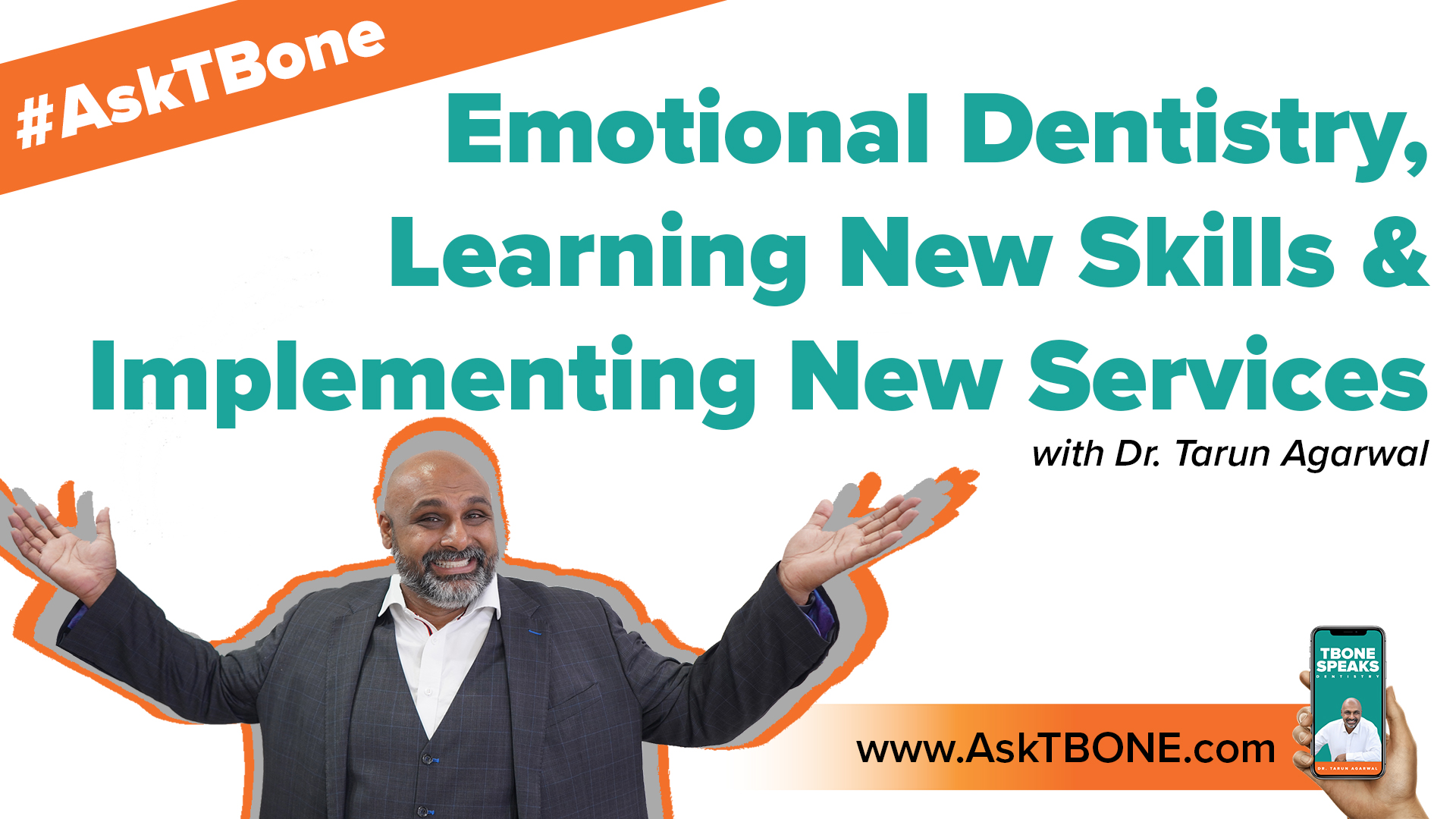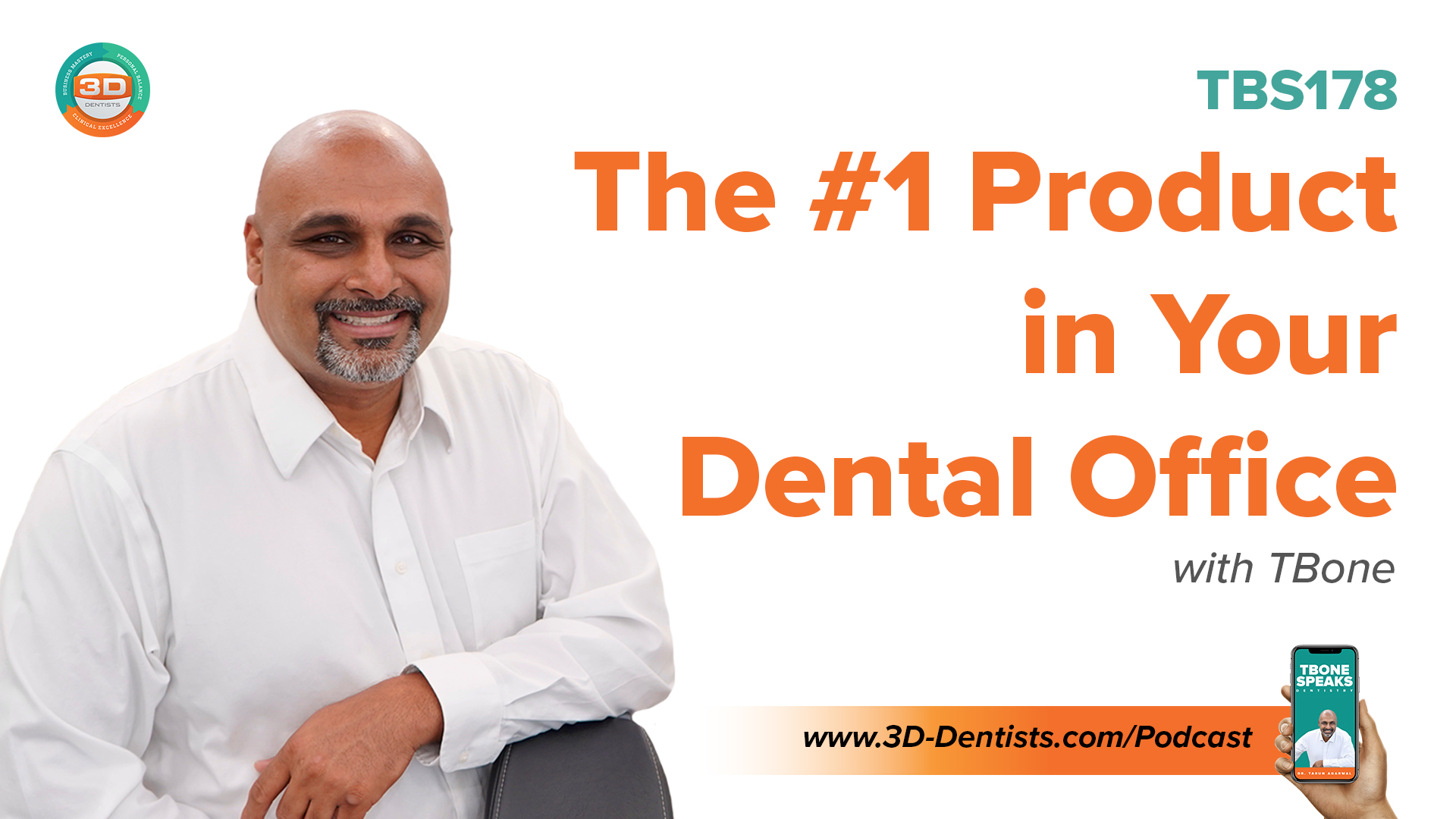Hello! And Welcome Back!
Today we would like to talk about some sudden increase in implant failures and some thoughts on that. I have been submitted a question by Tim.
Hi Doc! This is Tim, I took a class with you a couple of years ago and we are still using the NobelActive Implant but we have been struggling lately with a few failures suddenly. I have been able to torque to 70+ on some of these and walking away with an extreme confidence only to find problems two weeks later.
Inflammation, bone loss around the platform. It’s occurring frequently enough that I’m beginning to consider giving up, not being serious. I just feeling really dejected. I know these guys have bone level implants and not all of my finish are right there, but within half a millimeter to 1 millimeter. Some of these cases are in graft and sites. Just don’t know what I can be doing differently. Any recommendations for exploring discovering what’s going on would be greatly appreciated. I looked on the Nobel site but there’s nothing CE wise that is readily available without having to travel. Please help.
Thanks
Well, you know I’m a big fan of the NobelActive Implant, it’s what we use pretty exclusively in our practice and we have had good results with it. So, listen at the end of the day we will all going to go through these times we are going to have failures, and sudden failures. So I always look at:
What are some of the causes of failures?
What are some of the issues that I could be having with failures?
And why are these things happening suddenly?
So the first thing I always do is I look back and say am I working in a clean environment? Are we making sure that our instruments are clean and sterilize? Are we making sure that our room is wiped down? Are we making sure all of this are done?
Now I grant it sounds simple and easy but again, I always like to think about to going back to the basic. Kind of like when my golf game goes a little ride. I like to go back to grip, postures, stance and alignment and some of those things. So the same thing with the implant dentistry. The next thing I look at is my actual osteotomy burs themselves. When is the last time I changed them out, specially pilot drills. I’m finding more and more and I just guilty of this that, we are not switching this out more often enough. In other words we are using them, they are getting dull and then when they get dull they generate a lot of heat, this heat can create some necrosis in the bone and especially if we are doing guided surgery we are getting we are getting even less irrigant dawn into the site, so then I would ask that we secondarily irrigating the site. And so, some of these things are part of the overall failures that we look at.
And then, once we look at that and I look at what is the overall quality if the patient, am I getting more aggressive and little lax on the type of patient that we are dealing with. Are they smokers, diabetics, immunocompromised patients? Are they perio involved, am I not making sure that they have healthy periodontally? Are there infections going on in the site If you are doing a lot of immediate placements?
So these are some of the things that I mentally walkthrough to make sure that I am not missing anything.
And then, the next thing, what public concerns me a little bit in what you are talking about is more specifically along the lines of the amount of torques. So I went through this phase where I was getting some failures as well especially I have noticed, in sites where I was getting heavy torque amounts of 70-90 centimeters and they were thinner bone sites, in other words I didnt have my 2mm of bone all the way around it and that was purposely undersizing my osteotomy and hoping for bone expansion with the implant placement. And what was happening as I explored it a little bit more, I believe I was creating microfractures in the bone as I was torquing that implant in. And either that or whether it was from the too excessive overture or whether that was from torquing the implant in too fast, not giving the bone some time to expand. I was creating some microfractures especially near the neck of the implant, the mid body towards the top third of the implant. And then this was manifesting itself as early on failures. In other words 1-5 weeks in, I was seeing failures on these implants, I have seen bone cratering, if I didn’t see a total complete I was seeing bone cratering early on through the integration process.
So we have gone, in our practice, we moved to, what many are using now, it is called osseous identification or the vice verse, and we are using that now to actually try to use the burs in a reverse slow motion, the specific burs, we are using them to allow us to expand and condense our site so that way we can achieve the high primary stability that I like to achieve but yet not rely on the implant to potentially fracture the bone.
So we are finding that our failure rating has gone down since doing that. And also I am less aggressive on healed sites, in under-sizing my osteotomy. I know that on immediate loads, or immediate placement sites I should say, we were severely under-sizing our but what I wasn’t taking into consideration there is that osteotomies like wasn’t completely in bone so there was some give in the bone there to allow me to get a 5mm implant with a 3mm osteotomy. But in a healed site and specially in a grafted site, doing that same 3mm osteotomy doesn’t produce the same amount of bone release as you would in an immediate site. So I would certainly encourage you to look into that.
And then, if you are using guided surgery please do make sure that you are irrigating both from the drill itself and then externally make sure that you are quick and fresh burs and make sure that you are following protocol there.
The last thing I would also, as pops in my head here, is I would consider:
Could you be having, specially with guided surgery, are you not cleaning the site with your tissue punch cleanly? One of the areas that I was also seeing trouble within my practice at one point was not getting a clean tissue punch. And when I didn’t get a clean tissue punch, and I had little jagged edges of tissue around it, then when I would go to insert the implant may be some epithelium or some tissue was getting into my osteotomy site. And then that was manifesting itself and allowing the tissue to grow, certainly we know that tissue grows faster than bone, so then we were getting some infiltration of tissue there leading to early failure or in some cases even late failure because we didn’t notice the tissue or parts of the implant were integrated.
So those are some of the things I would take a closer look at.
Again, Tim thank you for submitting the question I hope to see you at one of our other workshops in the near future and hope everything is well in your neck of the woods.
Have a great day
Enjoy The Show?
- Don’t miss an episode, subscribe via iTunes, Stitcher or RSS.
- Leave us a review in iTunes
- Join the conversation by leaving a comment below!








